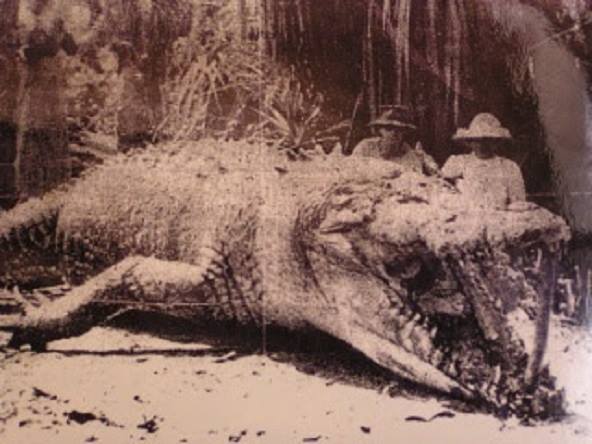By Anupum Pant
A few years before Leonardo da Vinci started painting the Mona Lisa, somewhere deep in the ocean, in the year 1499, a clam was born. When it stepped into this world, it was also the period of Ming Dynasty in China, so several years later the clam was named ‘Ming’ (Scientific name: Arctica islandica) by scientists. Ming was the 507 year old organism that unfortunately got killed.
Like crocodiles, clams are also one of those biologically immortal organisms. This one lived on for 507 years till the year 2006, when it was discovered by a group of researchers in deep oceans. Unaware of its age, researchers stored it like all the other 200 clams they had gathered, using refrigeration, which killed it (and the others). It was an unfortunate accident; definitely not intended in any way.
World record: Ming the clam was recorded as the oldest individual animal ever discovered. The record mentions “Individual” because often colonies are recorded to live for really long times. By those measures, this clam would have stood nowhere in comparison. For example the deep-sea black and gold corals 2700 years old have been found. But, scientists are pretty sure that there are older individual organisms [than Ming] still living out there, waiting to be discovered.
Why do they live so long?
Their genes, extremely slow oxygen intake and very slow metabolism are some of the known factors that enable these clams to live for centuries. Their age is measured accurately by using Radiocarbon dating.
The Rings: But more importantly these clams have rings on their shells. These rings are like our fingerprints, unique for each clam. The number of rings on the shell also gives a pretty accurate estimate of their ages; like rings on a tree stump help us to find the age of a tree. Initially, a few researchers, using these rings, wrongly estimated the age of Ming to be around 400 years. It was corrected later by others.
The oxygen isotopes present on the rings can be detected too. These measurements give scientists a useful insight about the climate changes that must have happened over the years.
Author’s Note: This is the 50th post by me here which marks a 50 day anniversary. By now, I’ve become a happy blogger with more than 12K views already. Thanks all. Do take some time to check out the archives.

